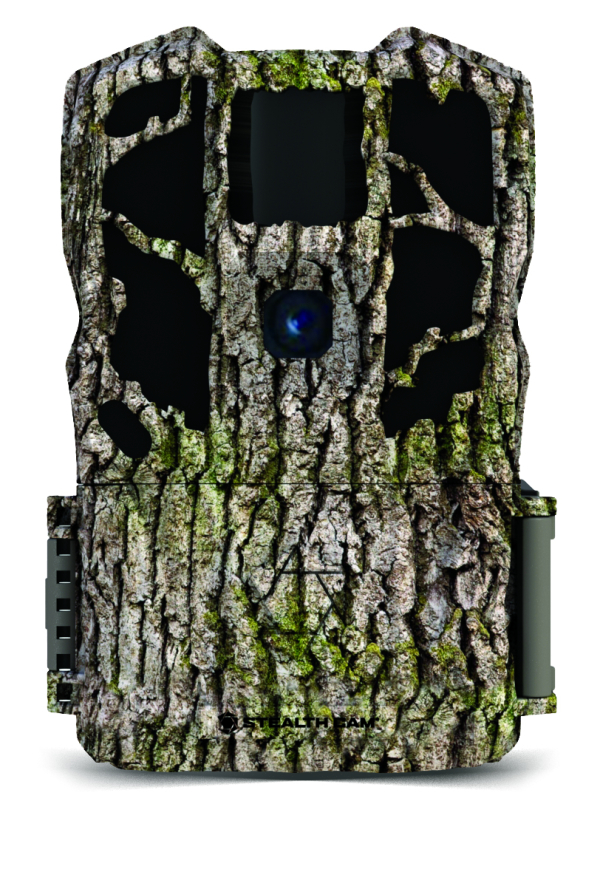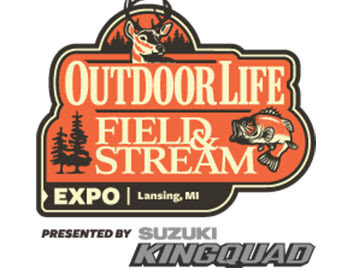When Turkey Hunting was Tough
By Glen Wunderlich
On a rabbit hunt some 40 years ago, Fast Frank and I discovered wild turkeys in Montmorency County. Neither of us knew much about the large birds other than what we had learned around the Thanksgiving dinner table. And, that was enough to cook up a plan to go after them during the spring season. Back then, permits could be issued to a pair of hunters and we were fortunate enough to be successful in the drawing for tags.
We had a plan that involved arriving at our chosen area a few days early to scout. We didn’t have much to go on, because there simply weren’t many birds anywhere in the state but we struck out to locate some form of sign: tracks, scat, or feathers – anything. We were familiar with the state land east of Lewiston, so we monitored clearings where we had found fresh tracks.
Excited to find an obvious travel path, we formulated an ambush plan. Although I had studied the calls on cassette tape, I didn’t have the confidence to try calling afield and neither did Frank. So, we would hide and watch.
Frank constructed a natural blind in the middle of the field among a couple of trees and bushes. I fashioned a hideout on the edge of the field and just a few yards from the game trail the birds had been using based on our scouting efforts.
Opening day had us in our positions at first light. The hiding-and-watching plan would take some patience, because before the age of game cameras, it was impossible to know the timing patterns. Nonetheless, we would hope for the best.
Several hours had passed, when I detected some putt-putt sounds behind me. The excitement grew, as I realized the setup had put me within several yards of the approaching group.
My limited research – and, this was before the internet – had me thinking this was one of the wariest creatures on earth. The eyesight and hearing of wild turkeys was beyond comprehension, so I didn’t move a muscle, as the sounds of their approach grew louder; heck, I wasn’t about to turn my head or even to blink. The plan was working to perfection, but I had yet to see one set of walking drumsticks. I sat motionless and waited.
I did happen to notice some movement at long last. Alas, it was Fast Frank waking from a nap and stretching his arms. My hapless partner got a good look at the birds, but not until they were scampering away from us on the well-traveled trail; I never saw them.
As it turned out, the blown opportunity put us in the 90 percentile of unsuccessful turkey hunters. We did almost everything right to take one of the 400 or so birds killed that year, but close doesn’t equal drumsticks.
Thanks to the efforts of conservationist/hunters and their funding from license fees and excise taxes on gear, the paltry population of wild turkeys has grown and stabilized in all of the Lower Peninsula and some of the farm country in the Upper Peninsula. Michigan hunters now bag over 30,000 birds annually with an impressive 30 percent harvest rate. I’ll join the throng of hopefuls next week, because these are the “good ol’ days!”






